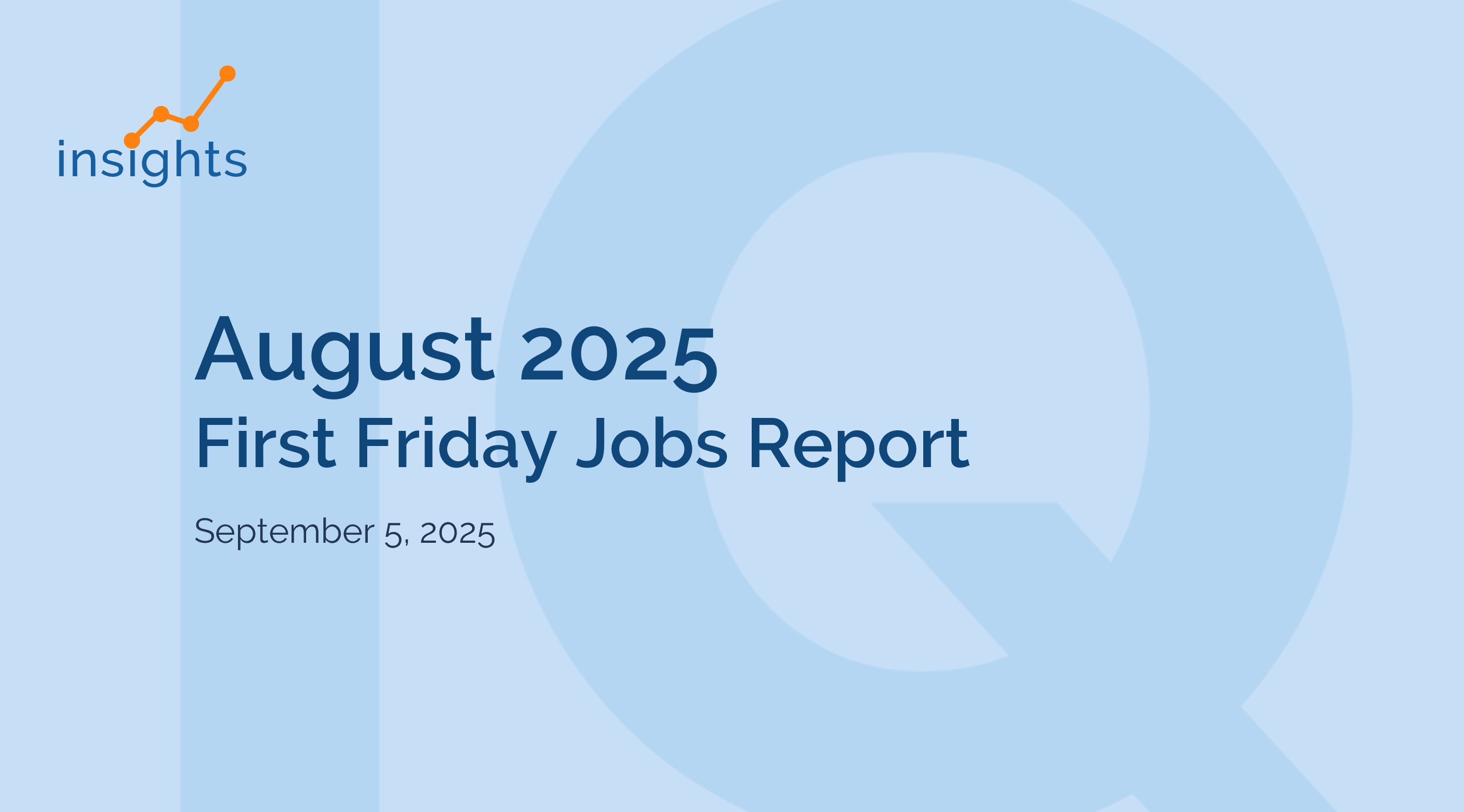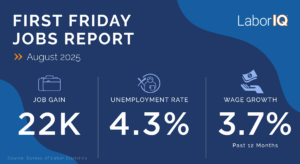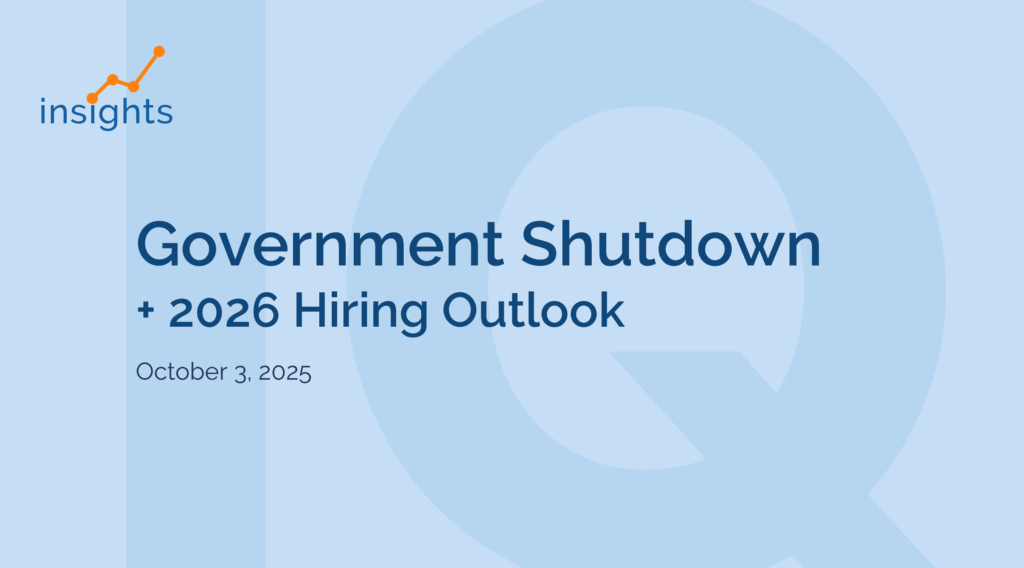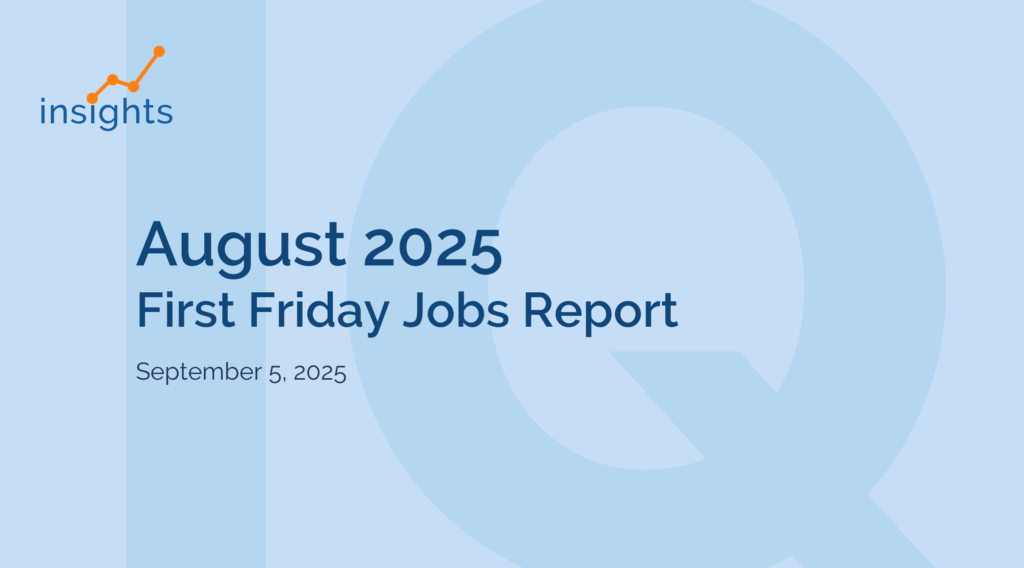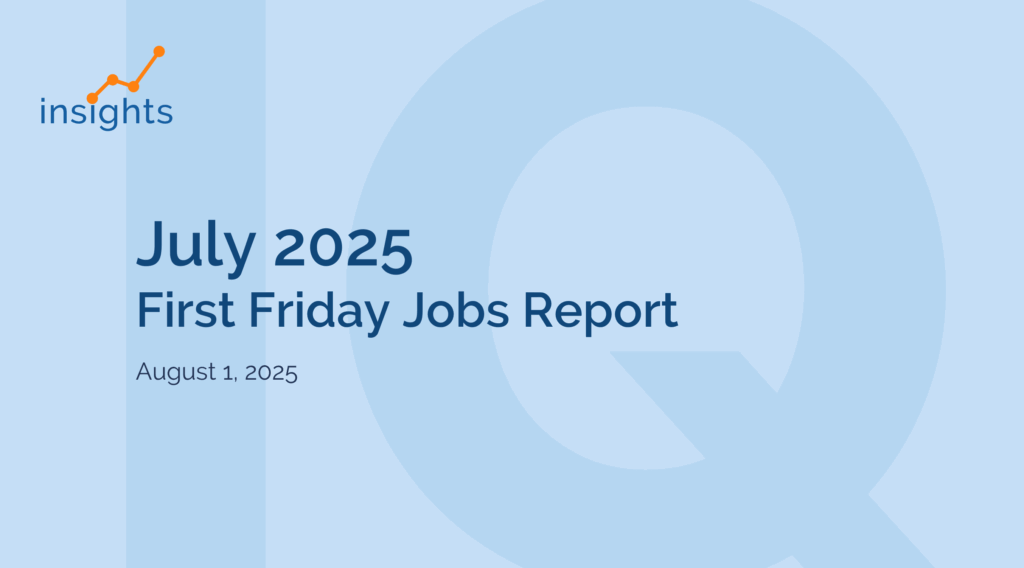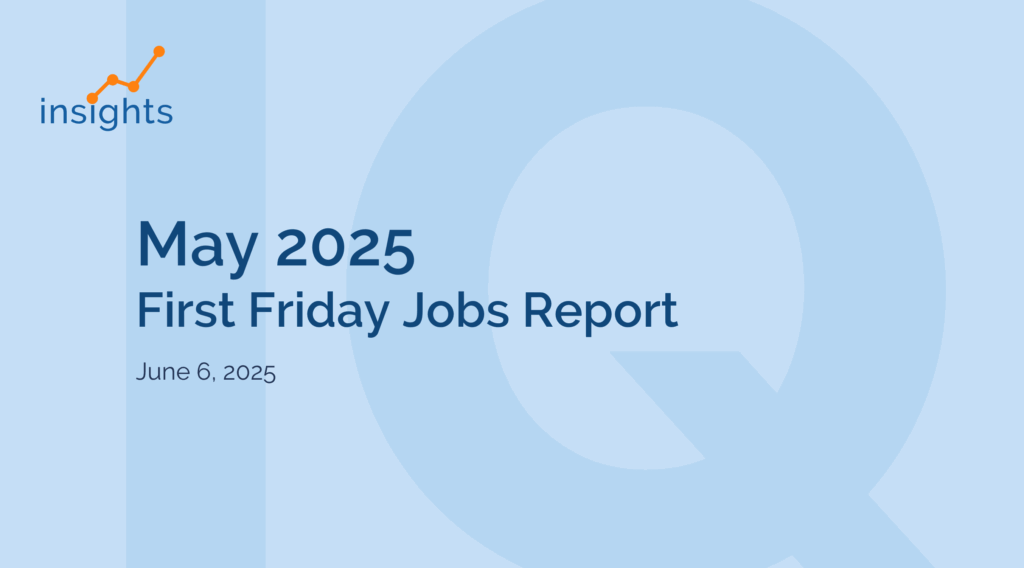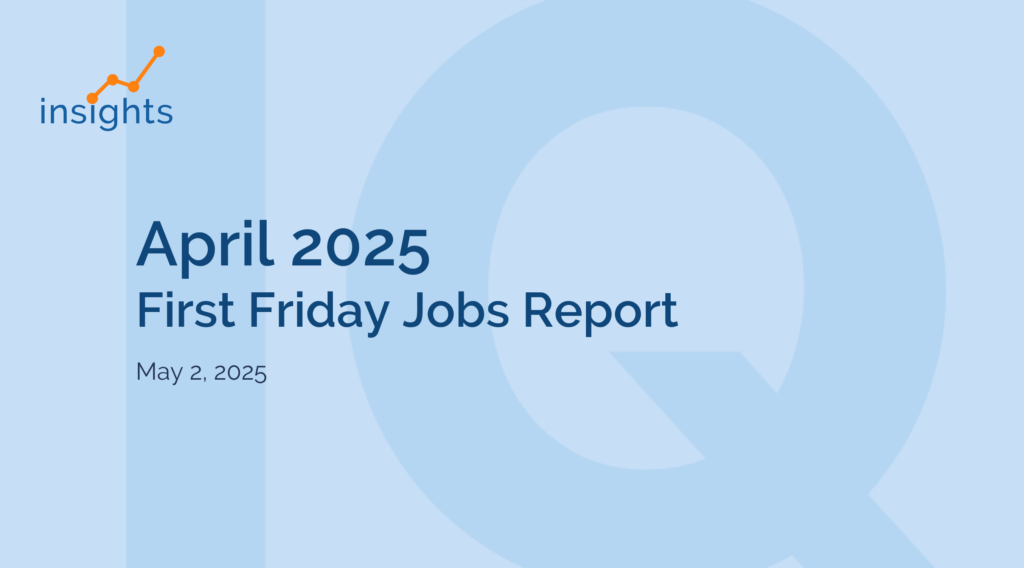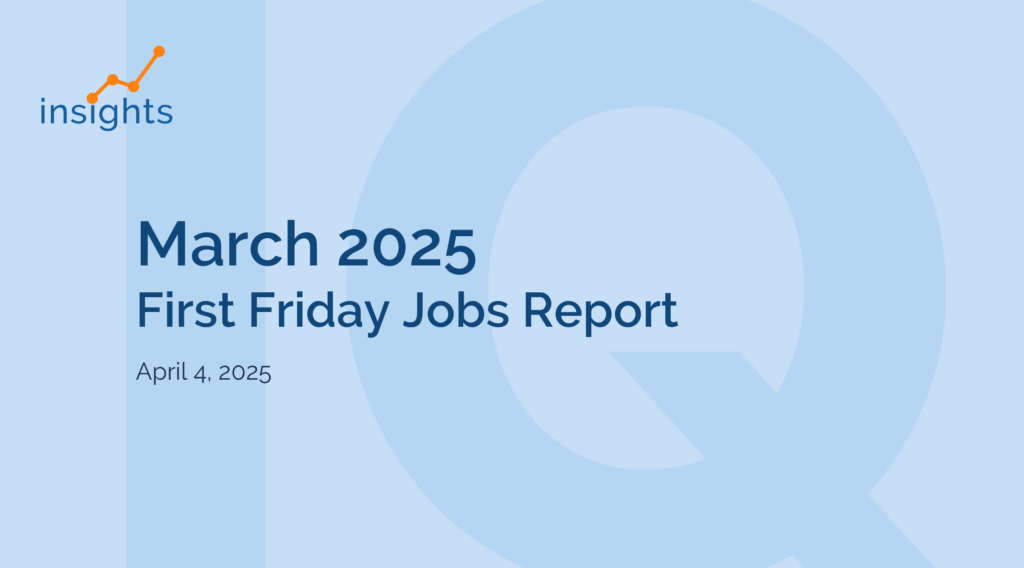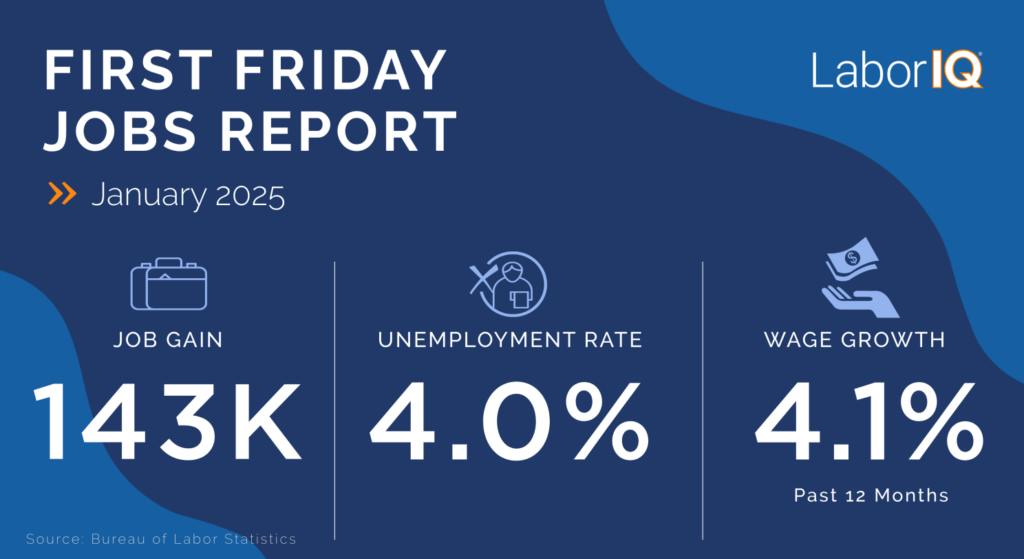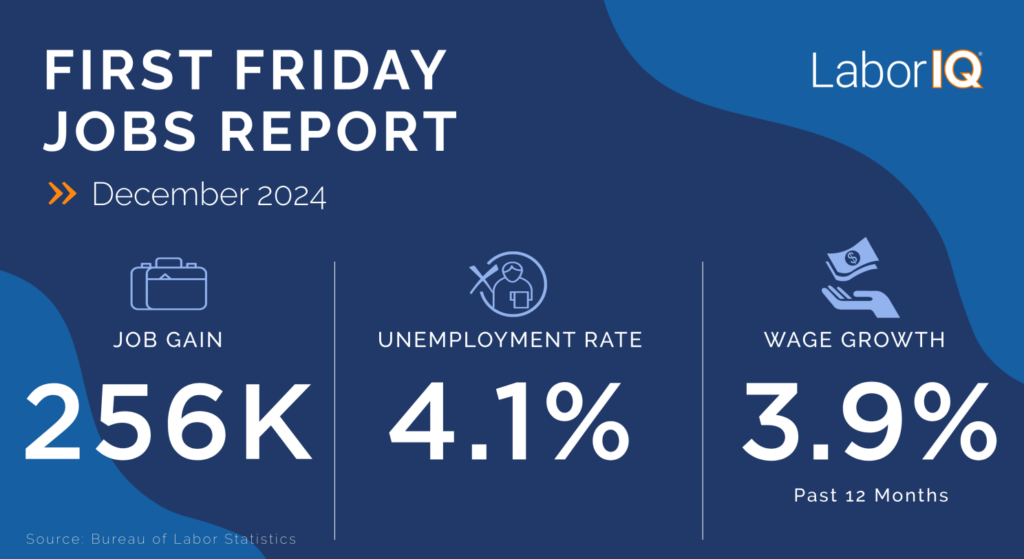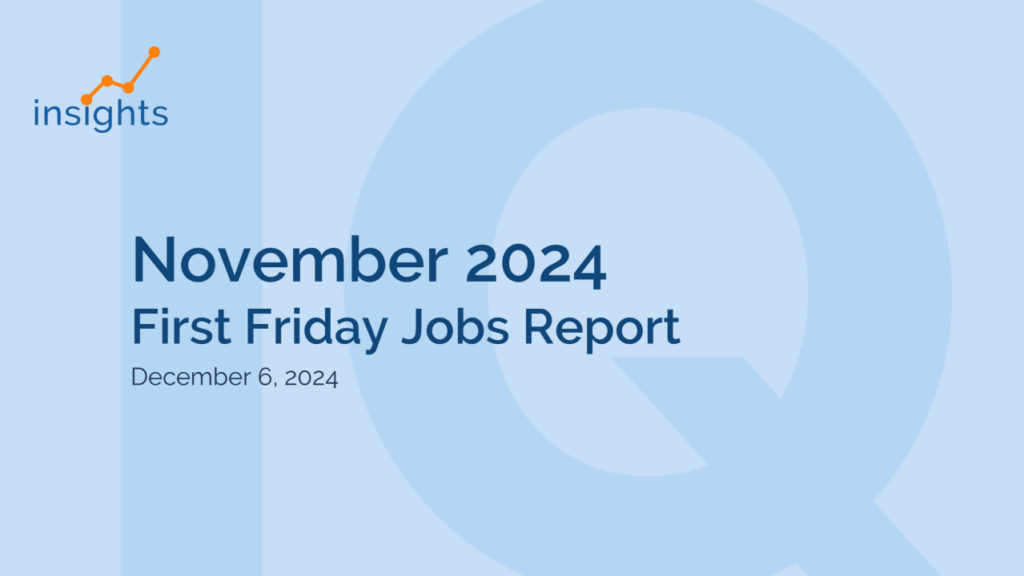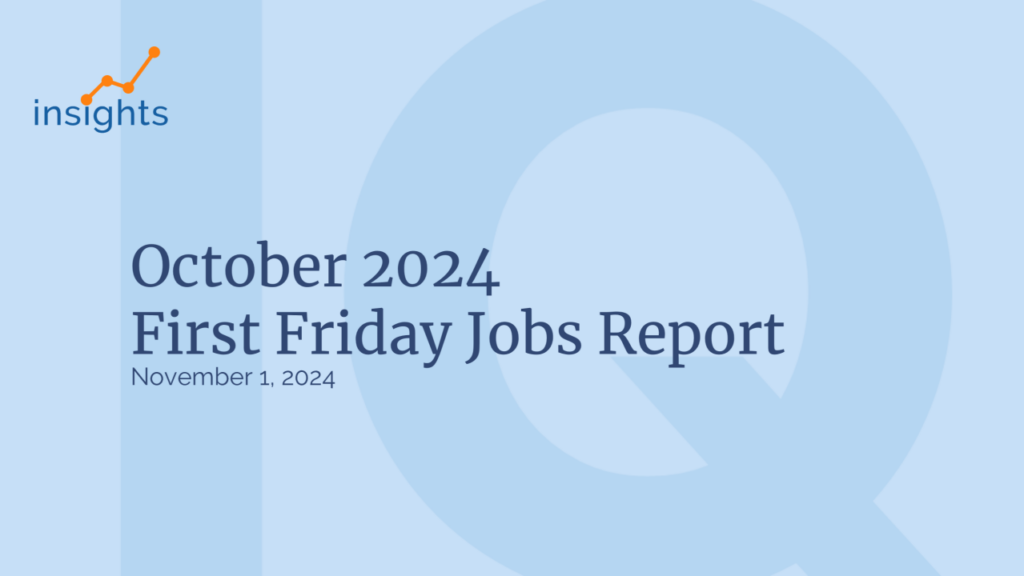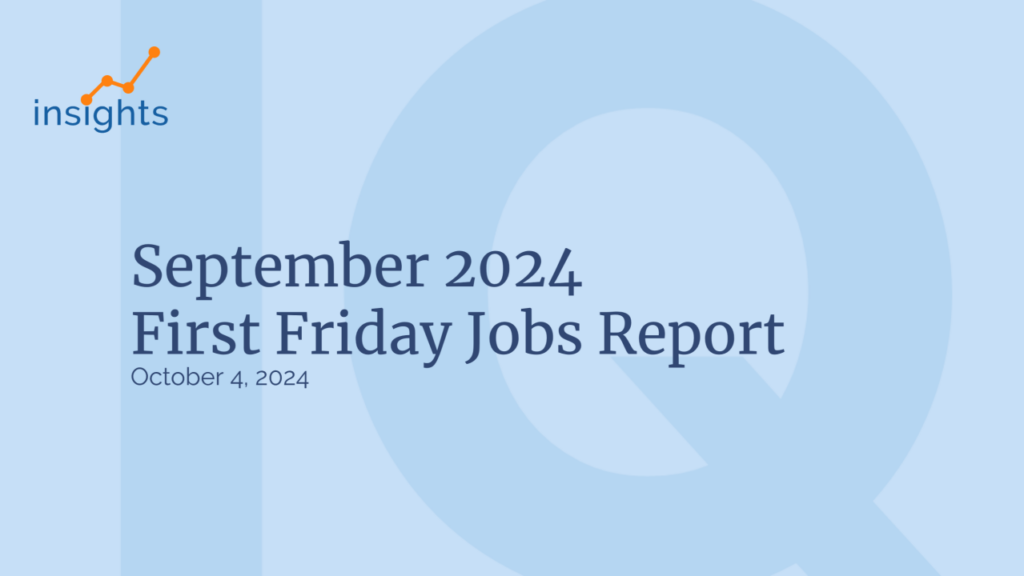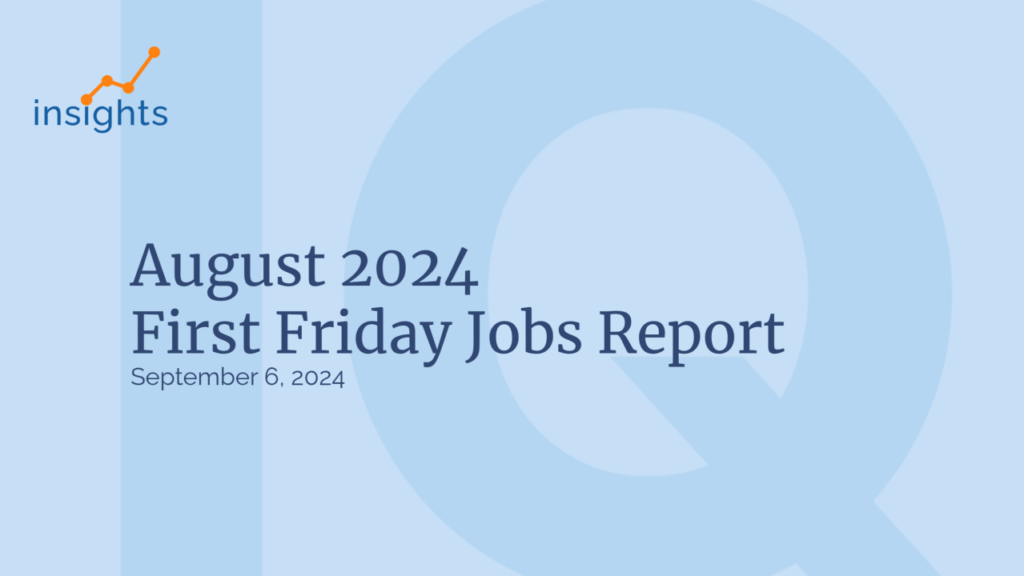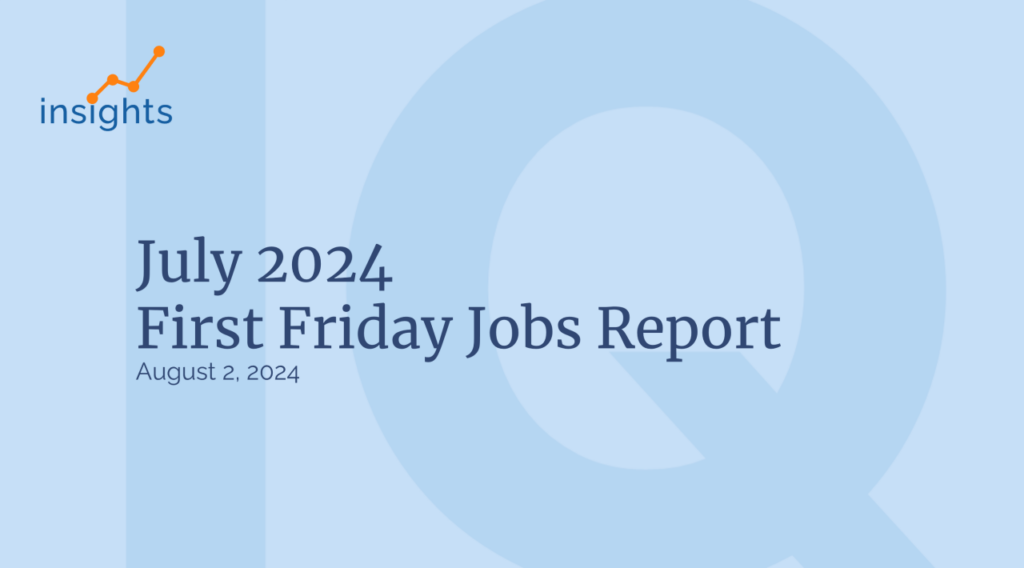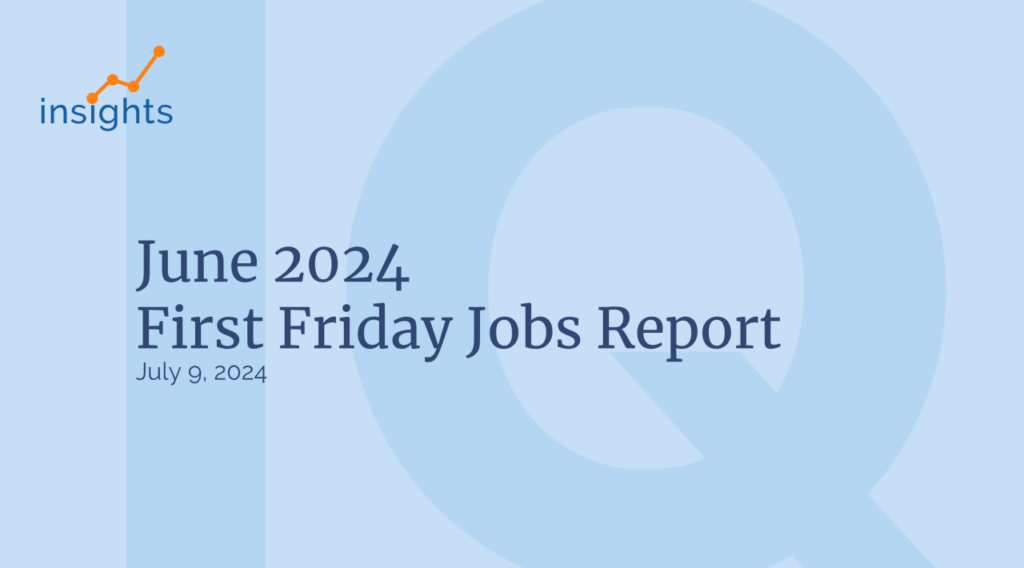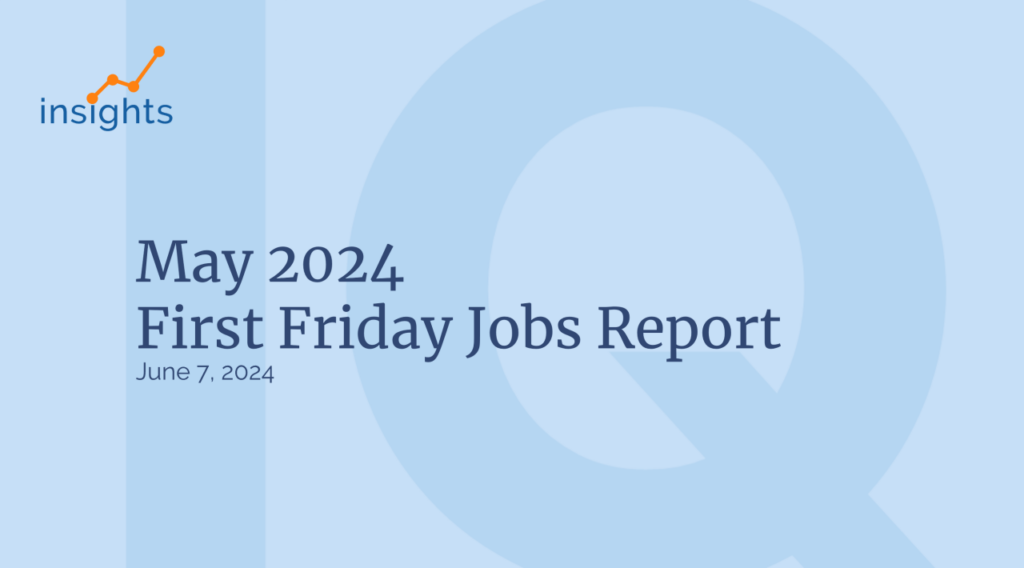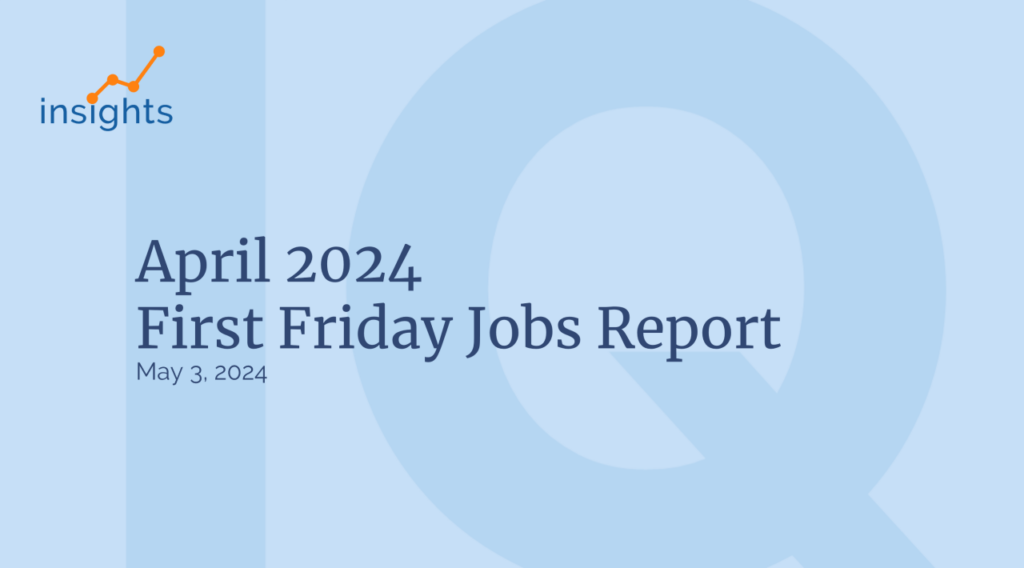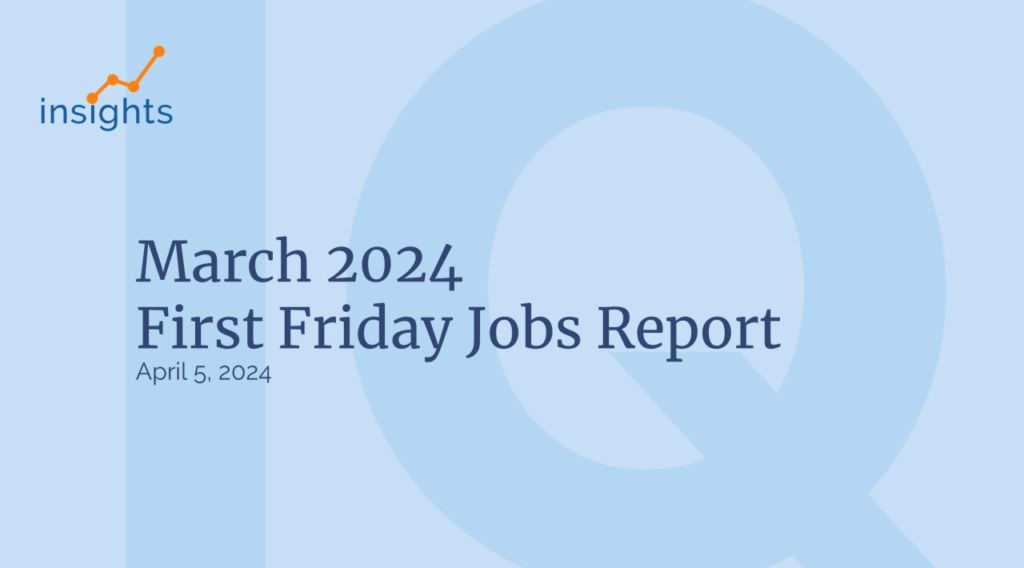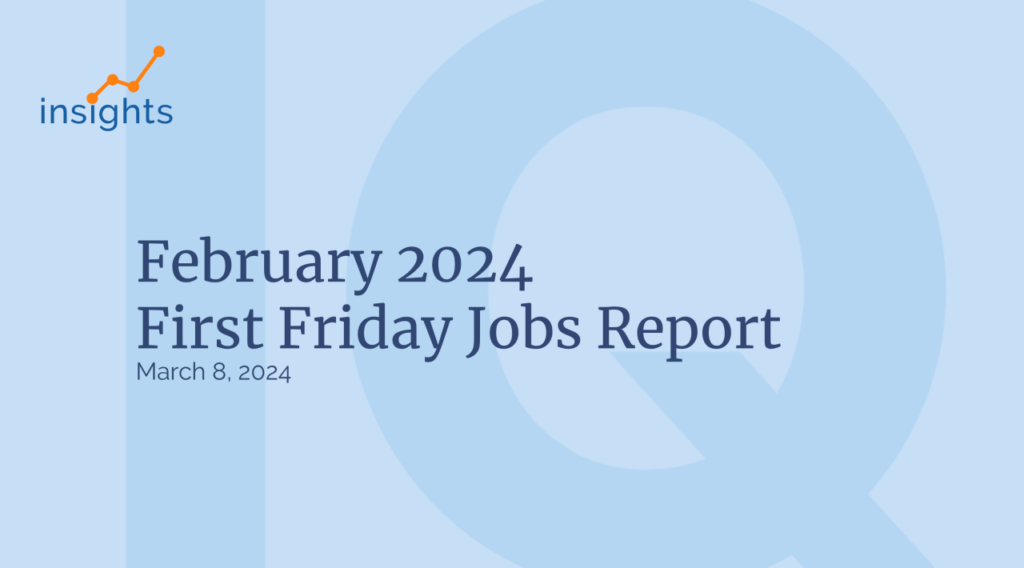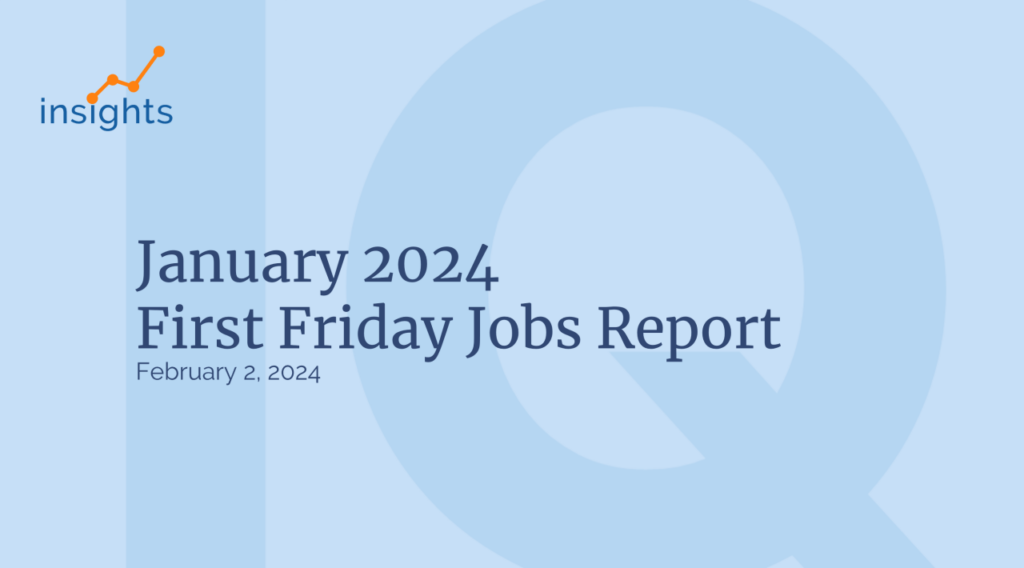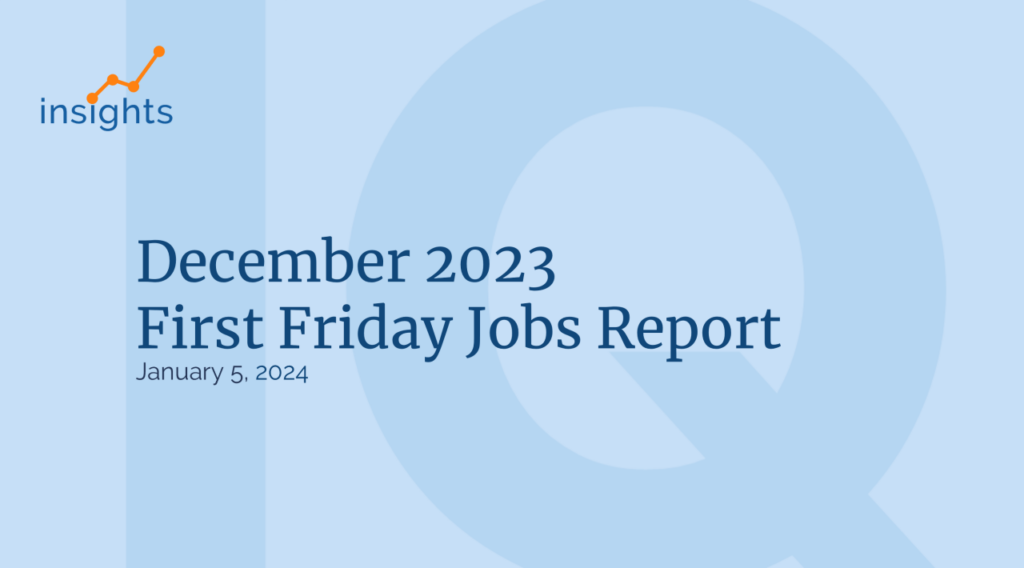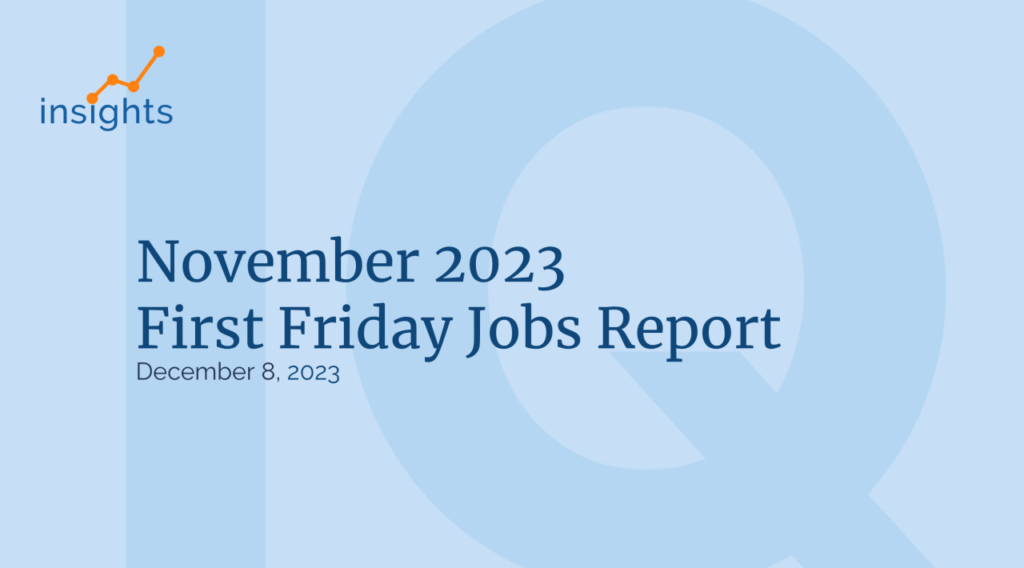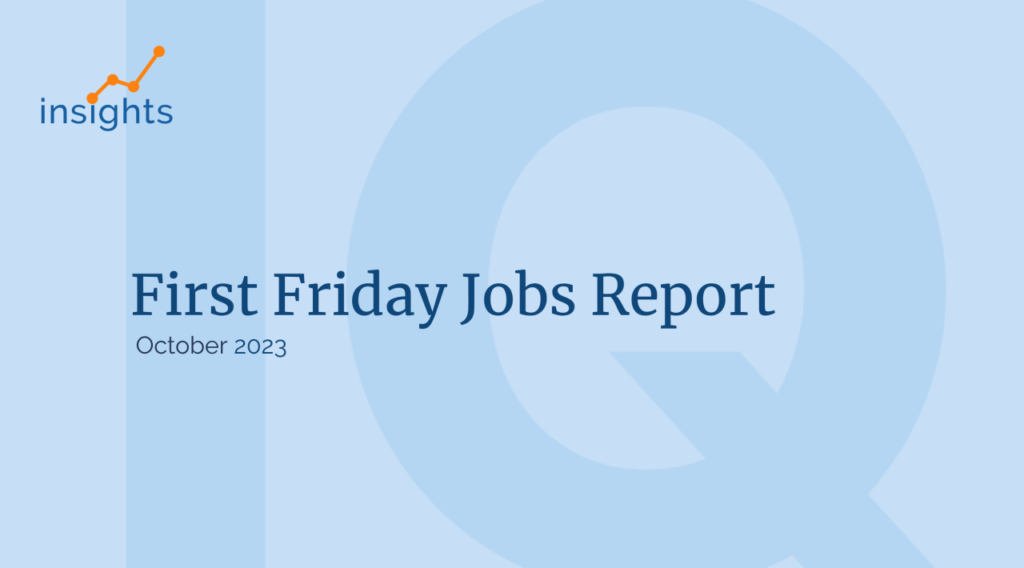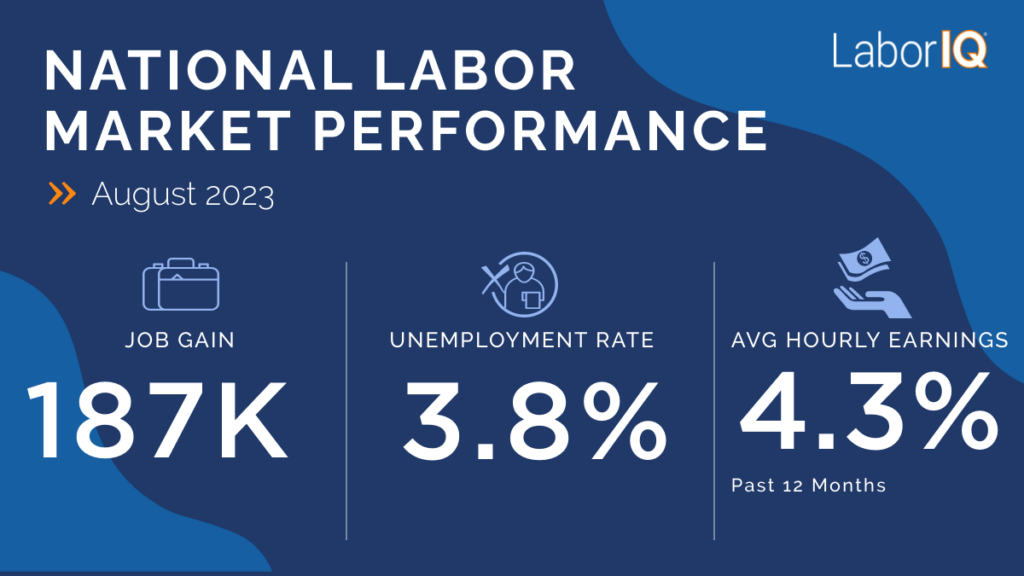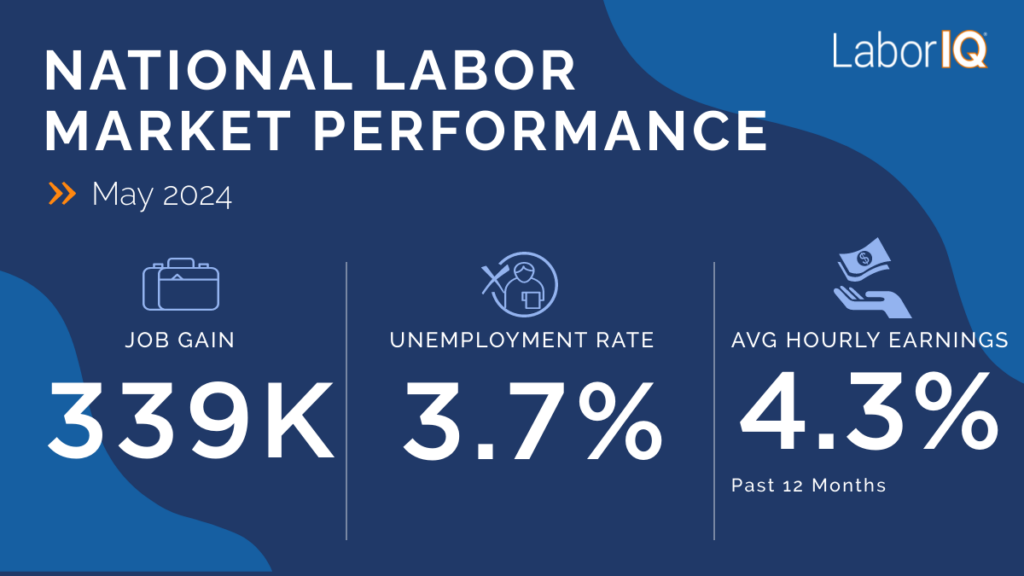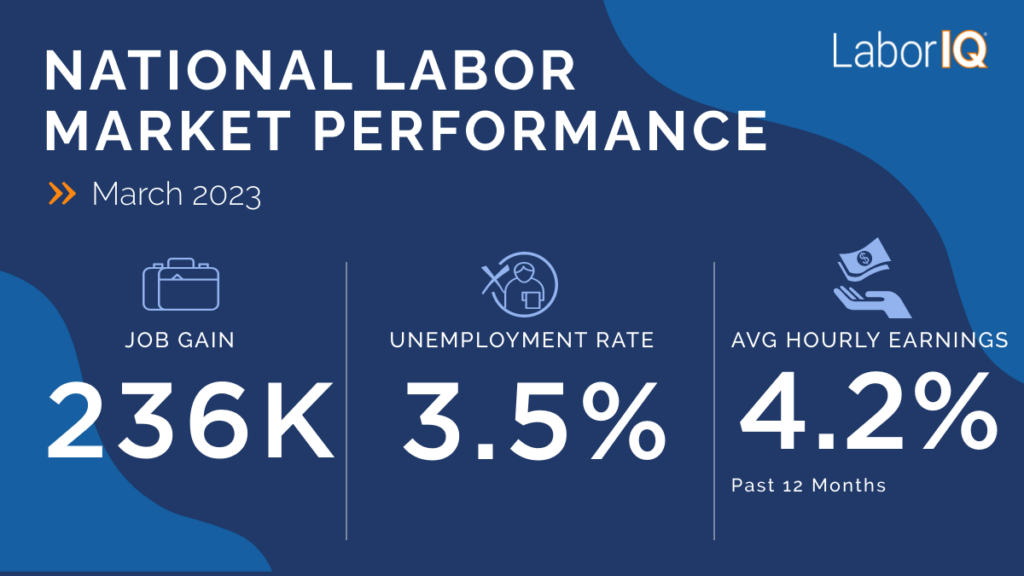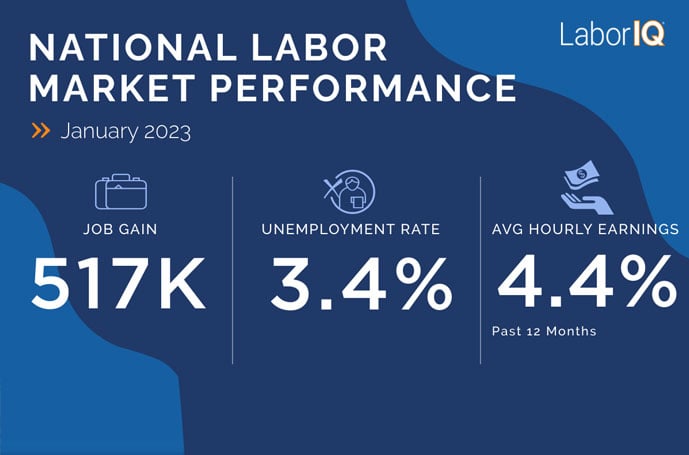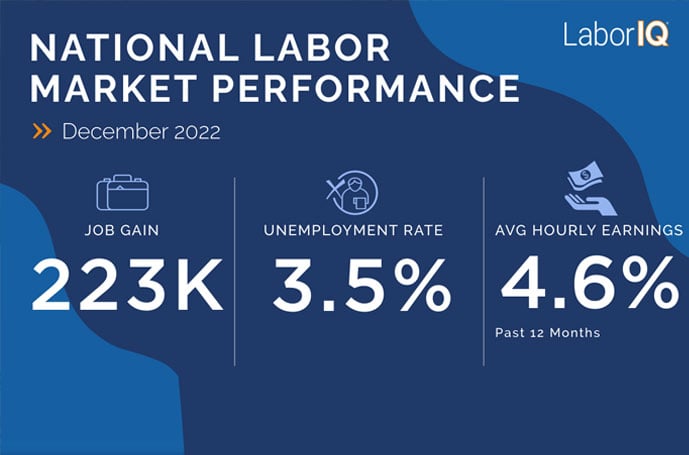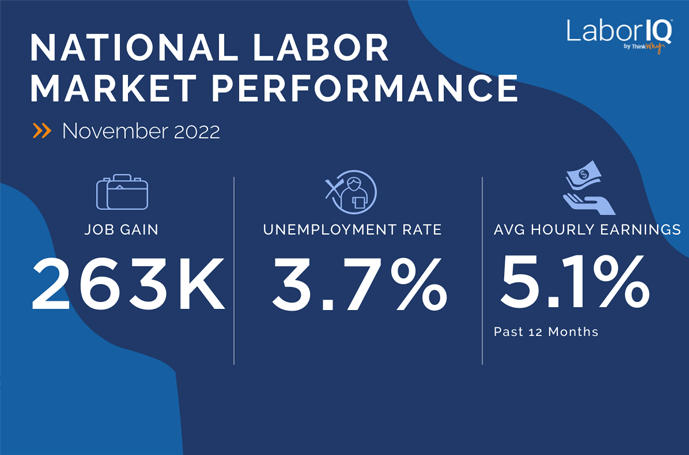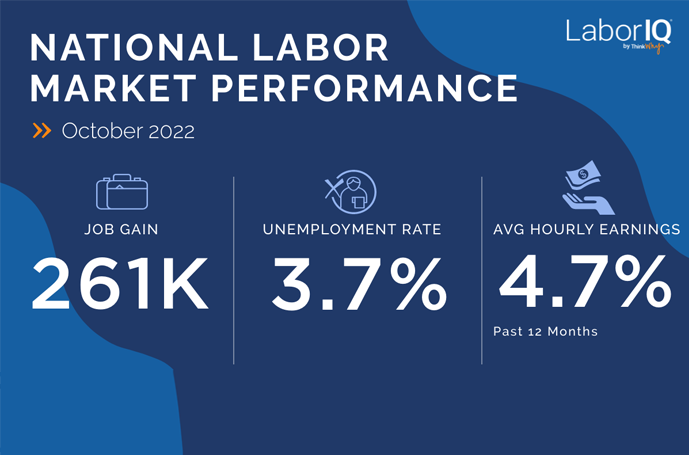Talent retention, job hugging in focus with hiring stalled
August jobs report breakdown
U.S. businesses added just 22,000 new jobs in August, below expectations of around 80,000. The unemployment rate ticked up to 4.3%, and 12-month wage decreased slightly to 3.7%.
August’s 22,000 net job gains bring the hiring total to 598,000 (with 75,000 average monthly job gains) through the first 8 months of 2025. For the same period in 2024, we added 1.1 million new jobs, an average of 143,000 net job gains each month. Monthly job gains below 22,000 are unusual outside of a recession. Going back to January 2020, there have only been 6 months with job gains below 22,000 – March, April, and December of 2020 and May, June, and August of this year.
Once again, industries and revisions are the main headlines for the jobs report and for all the wrong reasons. Healthcare (+31,000) and leisure and hospitality (+28,000) added a combined 59,000 new jobs in August. This means all other industries lost a combined 37,000 jobs last month. Hiring totals for June and July were revised downward by a combined 21,000 jobs. While the total revision is unremarkable, the updates mean the labor market lost 13,000 jobs in June, breaking a 53-month streak of job growth going back to January 2021.
Key takeaways for businesses & employees
Stalled hiring, job losses across many sectors, and continued pressure from inflation create uncertainty for U.S. businesses around the outlook for the last four months of 2025. Expect healthcare to continue to bolster hiring totals, with negative or near-zero growth for other sectors. The slower pace of hiring will lead to increases in unemployment even if layoffs don’t rise substantially.
Because this labor market has been characterized by a combination of low hiring and low layoffs, talent retention strategies can’t be pushed to the back burner as something to be addressed when the outlook improves.
Talent retention remains key focus amid hiring slowdown
We’ve had the “great resignation” and “quiet quitting,” and now the talent acquisition hot topic is “job hugging.”
“Job huggers” are employees who may not be happy in their current roles but are staying put as optimism about the prospects of a job search. Recent studies show workers feel less engaged, and that more employees are planning to stay in their jobs for at least the next six months. For employers, job hugging can lead to an increase in disengaged employees, lower productivity, and reduced morale.
While there isn’t a magic wand to jump start the labor market and hiring, employers can take action to mitigate potential negative impacts of job hugging.
- Find opportunities for training and upskilling
- Focus on culture and employee engagement
- Develop and communicate pay structures
Compensation planning resources from LaborIQ
With a labor market that is stalling, businesses face uncertainty in terms of economic outlook. However, a sluggish economy doesn’t mean it’s time to put your people and compensation strategies on autopilot.
Empower your business with data and tools to retain talent and respond to economic challenges.
Pay transparency & optimizing talent retention
Pay transparency isn’t just about complying with regulations. Many workers and businesses operate in areas without pay transparency laws, but defining and communicating pay structures is an important component of talent retention.
- HR Best Practices: Building Effective Compensation Structures for Operational Excellence
- Generation Z Workforce: Driving Radical Pay Transparency and Purpose-Driven Employment
- U.S. Pay Transparency Laws: State-by-State Impact on Business Operations and HR Compliance
- How HR Teams Can Navigate Pay Laws and Ensure Compliance
Compensation market data for HR teams
Learn about the challenges and opportunities facing major U.S. metro areas through our metro insight series.

